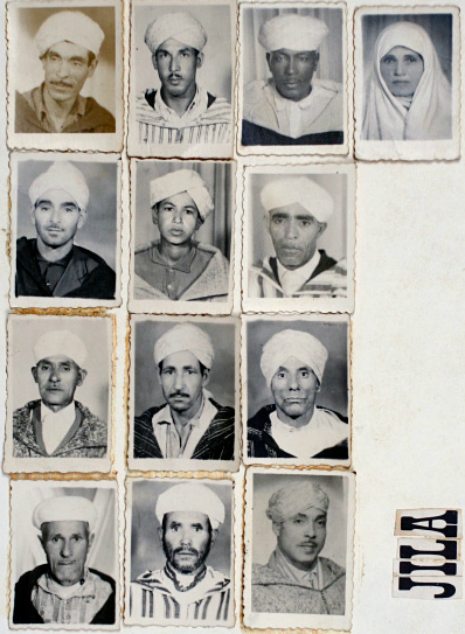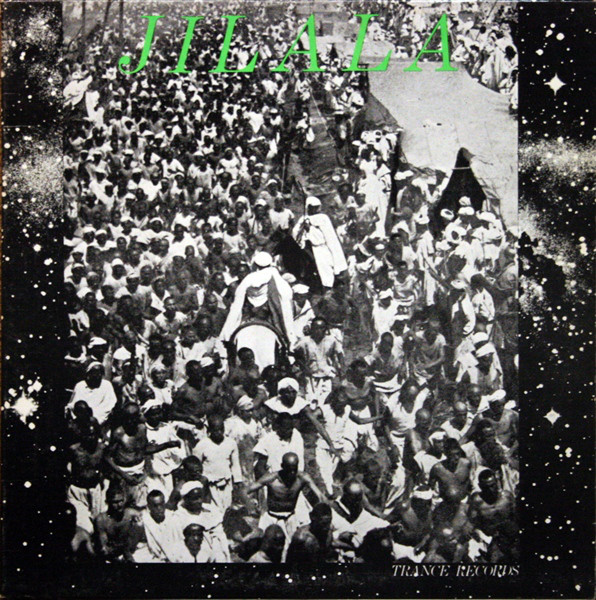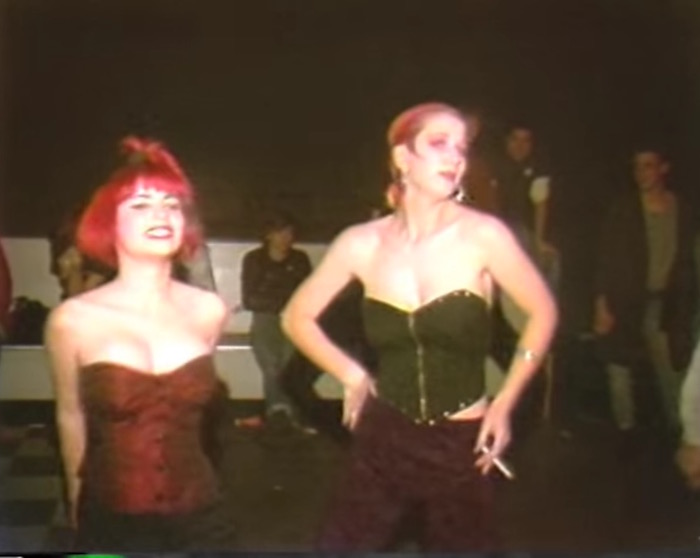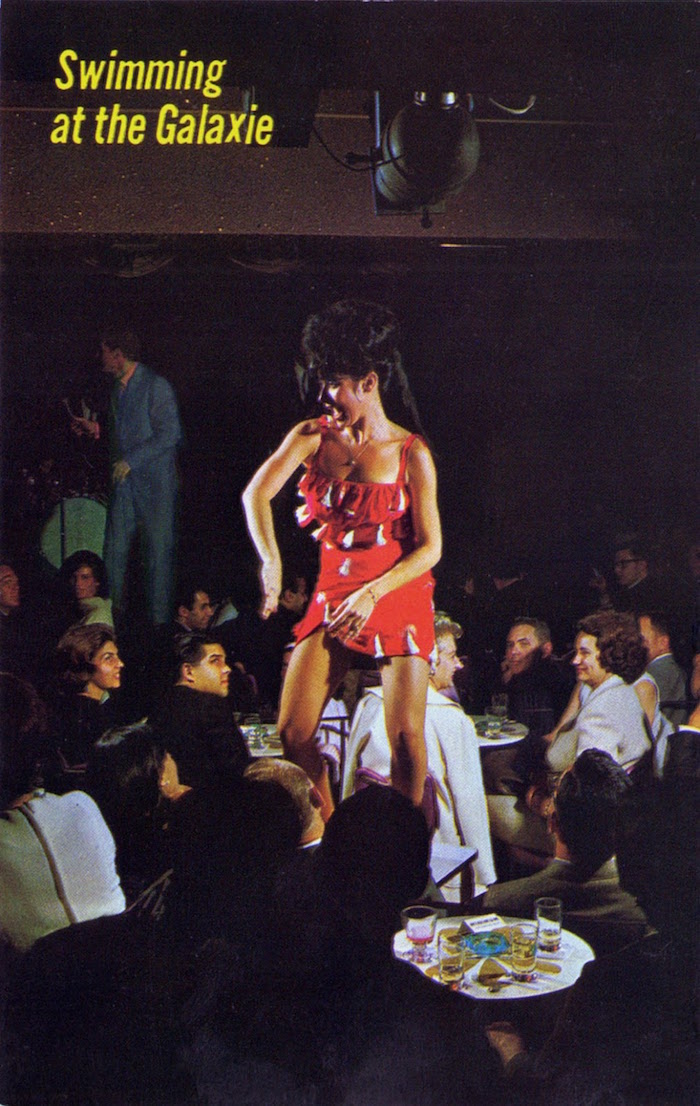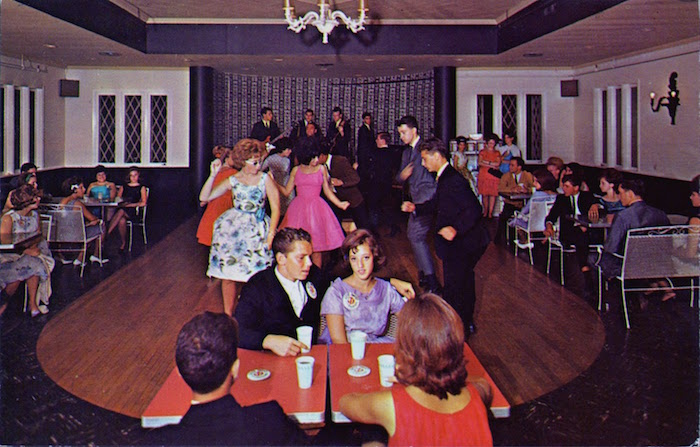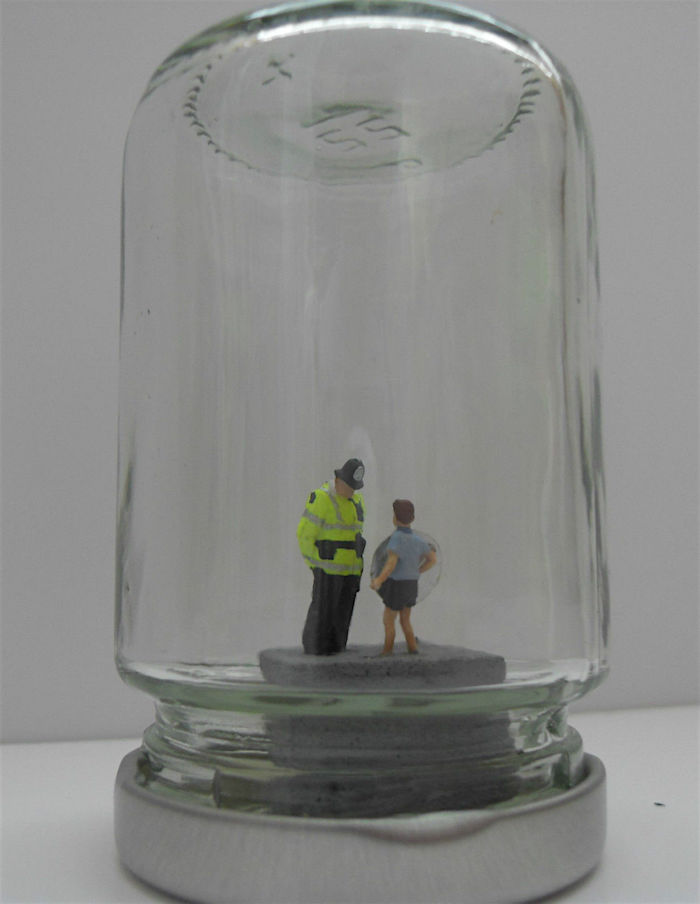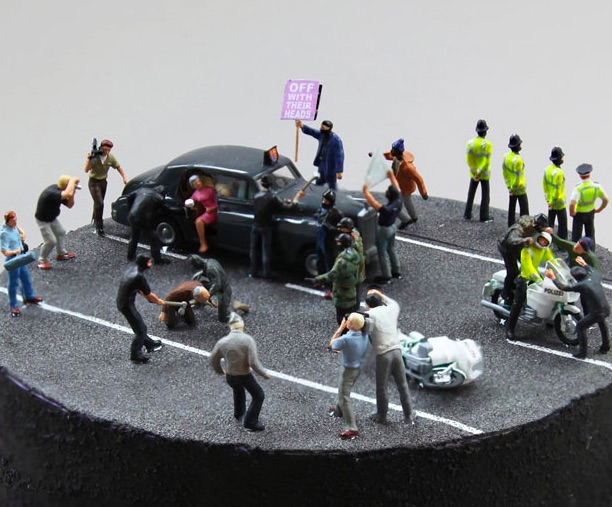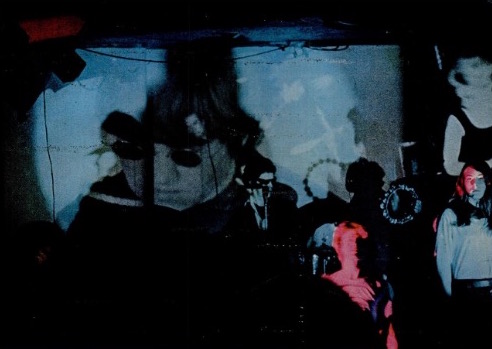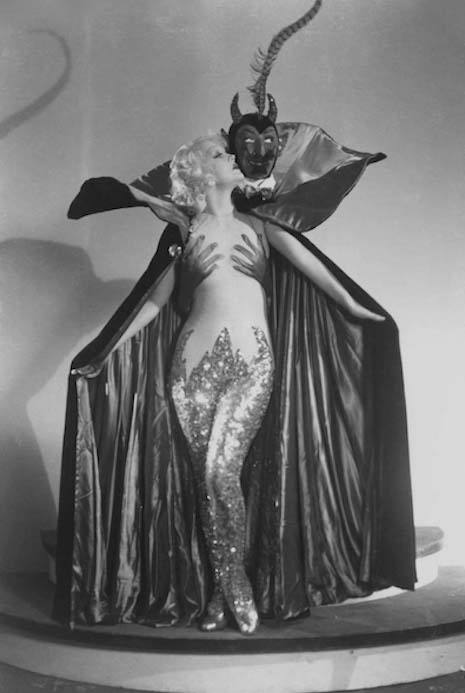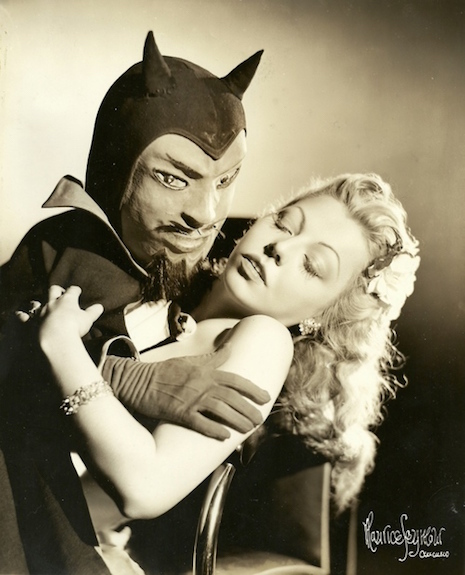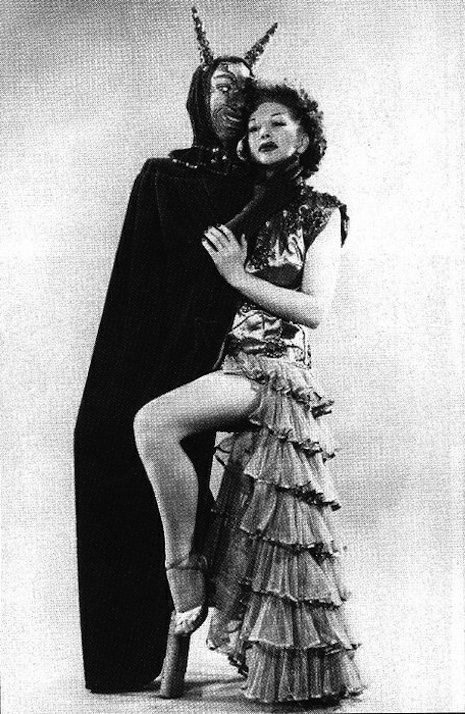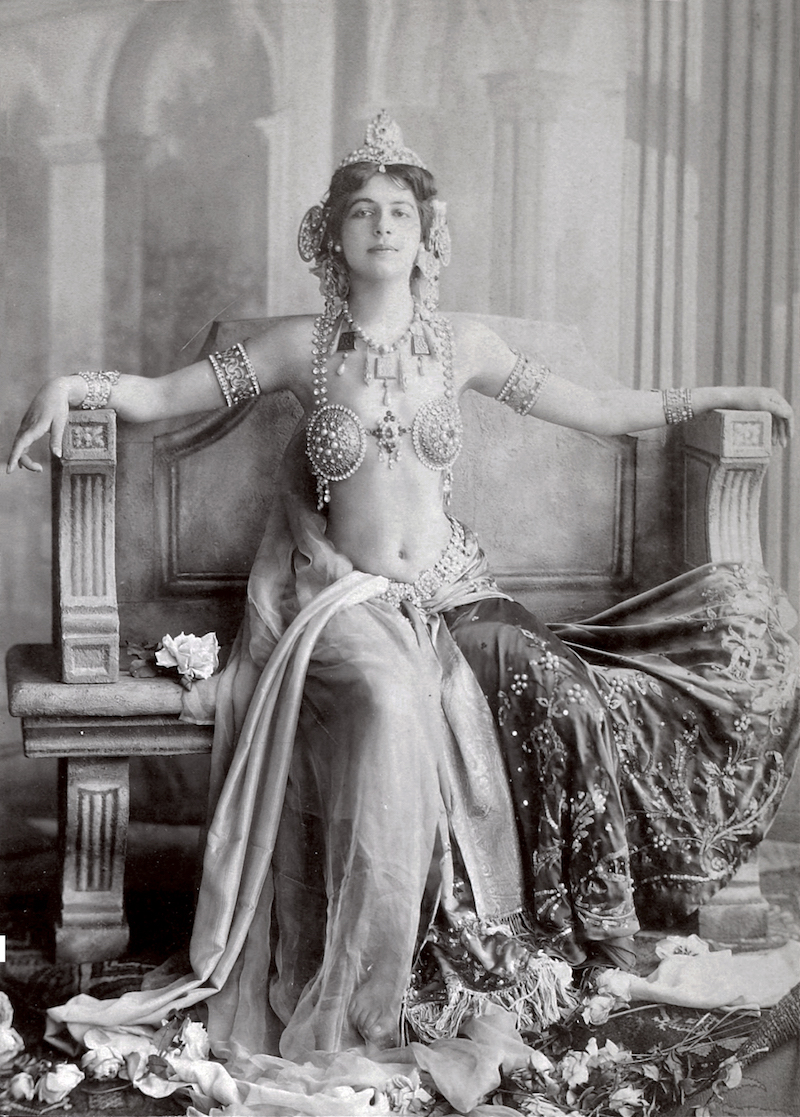
James Bond would never have made a great spy because too many of his enemies knew his identity. Great spies are anonymous—as any fule kno. They carry out their work covertly. Only their handlers know of their existence and their stealthy actions.
At her trial for espionage in 1917, the dancer and courtesan Mata Hari was described by her accusers as “perhaps the greatest woman spy of the century.”
She was charged by the French of spying for the Germans during First World War. It was alleged her cunning double-dealing had been responsible for the deaths of at least some 50,000 soldiers. Her actions were denounced as unmitigated evil. Her liberated sexuality deemed a cover for her career as a spy and worse—a threat to the moral substance of the honorable French people.
In truth, the French were shitting themselves. Their country had been invaded by Germany. They were dependent on the Allies to defend their homeland and defeat the might of the invading German army. If this weren’t humiliating enough—after the failure of the Nivelle offensive in 1917, there was widespread mutiny among the French troops. It looked as though France was about to capitulate under the strain and surrender to the Germans. The country needed a scapegoat to distract attention. They needed someone who could be blamed for undermining morale and destroying the fantasy of French military superiority.
Step forward Mata Hari. A woman who was not so much a spy but rather the victim of weak duplicitous men determined to sacrifice her life for their government’s failings.

Mata Hari was the stage name of Margaretha Geertruida Zelle who was born in Leeuwarden, Netherlands on August 7th, 1876. Margaretha’s biography is as much the story of a strong independent woman as it is about a woman dealing with the failure, stupidity and brutality of the men in her life.
Raised in an affluent household, Margaretha moved to the Dutch East Indies and married Captain Rudolf MacLeod when she was eighteen. MacLeod was a brutish drunk who regularly beat Margaretha. He kept a concubine and was riddled with syphilis.
Margaretha had two children with MacLeod. A son Norman-John who died at the age of two from complications relating to treatment for his inherited syphilis. A daughter Louise-Jeanne died at 21—again from complications from her inherited syphilis. To escape her husband’s drunken brutality, Margaretha studied traditional Indonesian dance. She adopted the name Mata Hari—meaning “eye of the day” or “sun.”
The couple separated in 1902. Mata Hari moved to Paris with her daughter where she supported herself as an artist’s model. She also worked in a circus and more importantly started performing as an exotic dancer.
Mata Hari adapted the traditional dance she had learnt in Indonesia to choreograph her own risque routines—a modern Salome discarding her veils. Mata Hari was a pioneer of modern dance—along with that other leading light Isadora Duncan—her exotic dances broke the rigid formality of ballet or even the can-can.
By 1905, Mata Hari was a dance star performing all over Europe. She sent audiences into paroxysms of ecstasy with her “feline, extremely feminine,” “thousand curves and movements,” a graceful wild animal with “blue-black” hair. Her dances almost revealed her naked form—only her breasts remained hidden as she was self-conscious about their size.
Mata Hari was courted by rich eligible men—as well as by many two-timing cads. She became a courtesan—which is a posh word for a high class hooker. It would be this access to upper echelons of politicians, high-ranking soldiers and wealthy industrialists that later led French and British authorities to think Mata Hari was a spy.
By 1915, Mata Hari felt too old to continue with her erotic dance routines and retired from performance. She was in love with a Russian pilot named Captain Vadim Maslov. When Maslov was shot down and blinded in a dogfight over the Western Front, Mata Hari asked for permission to visit him in hospital. As a Dutch national living in neutral Netherlands during the First World War, Mata Hari had to seek permission to travel to and from countries involved in the conflict. As Mata Hari had been continuing her relationships with some of her wealthy admirers in France, she had come under suspicion by British authorities due to the number of trips she made to and from the Netherlands. When she applied to the French authorities for a visa to visit her young beau, Mata Hari was coerced to become a spy for the French.
The deal went something like this—If you want to see your hot young BF then we want you to fuck some information out of a few German colonels. We especially want you to fuck the German Crown Prince Wilhelm and get all his secrets. Mata Hari was also offered a bagful of cash. It may have been the cash incentive that made her say “Okay, sure. When do I start?”
The problem with the devious French plan was that Crown Prince Wilhelm knew nothing. He was an idiot. A wastrel who liked whoring, drinking, playing soldiers and pulling his pork. How the French military intelligence (the Deuxième Bureau) thought they could learn anything useful from Clown Prince Wilhelm is utterly baffling. However, Mata Hari went off to Germany in a bid to get the inside skinny.
Unfortunately the Germans knew Mata Hari was a spy and gave her bogus information. They also exposed her as a double agent—letting the Deuxième Bureau know Mata Hari was actually their agent. Of course, she wasn’t. Mata Hari was just a useful pawn in a terrible game.
The French were suspicious. In December 1916, they gave Mata Hari some information about six agents in the field—five of whom were double agents working for the Germans. The sixth was a double agent working for the French. When the sixth agent was arrested and executed by the Germans—the French firmly beleved that Mata Hari was a spy.
On February 13th, Mata Hari was arrested and charged with espionage. She was quickly put on a show trial. It was a deeply one-sided affair—Mata Hari had literally been found guilty before questioning even began.
Captain Georges Ladoux—the man who coerced Mata Hari into working as a French spy—prepared the case against her. It was a win-win situation for Ladoux. Either Mata Hari seduced the Crown Prince and found out useful information or she took the fall as a double agent and raised the country’s morale. Hoorah! Ladoux himself was later arrested and charged as double agent, but he was eventually acquitted over a lack of evidence.
The trial of Mata Hari was given front page coverage across France. The press worked in cahoots with the French authorities to tell the accepted—or rather authorized—version of events. Maslov could have saved her—but he was embittered by his blindness and refused to testify in her defence.
Though there was never any real evidence against Mata Hari—her final script was now written. Mata Hari the world’s greatest and most evil spy was found guilty on all charges and sentenced to death. Mata Hari was executed on October 15th, 1917. She refused to be blindfolded or tied to the stake. She blew kisses at the firing squad. She was just 41.
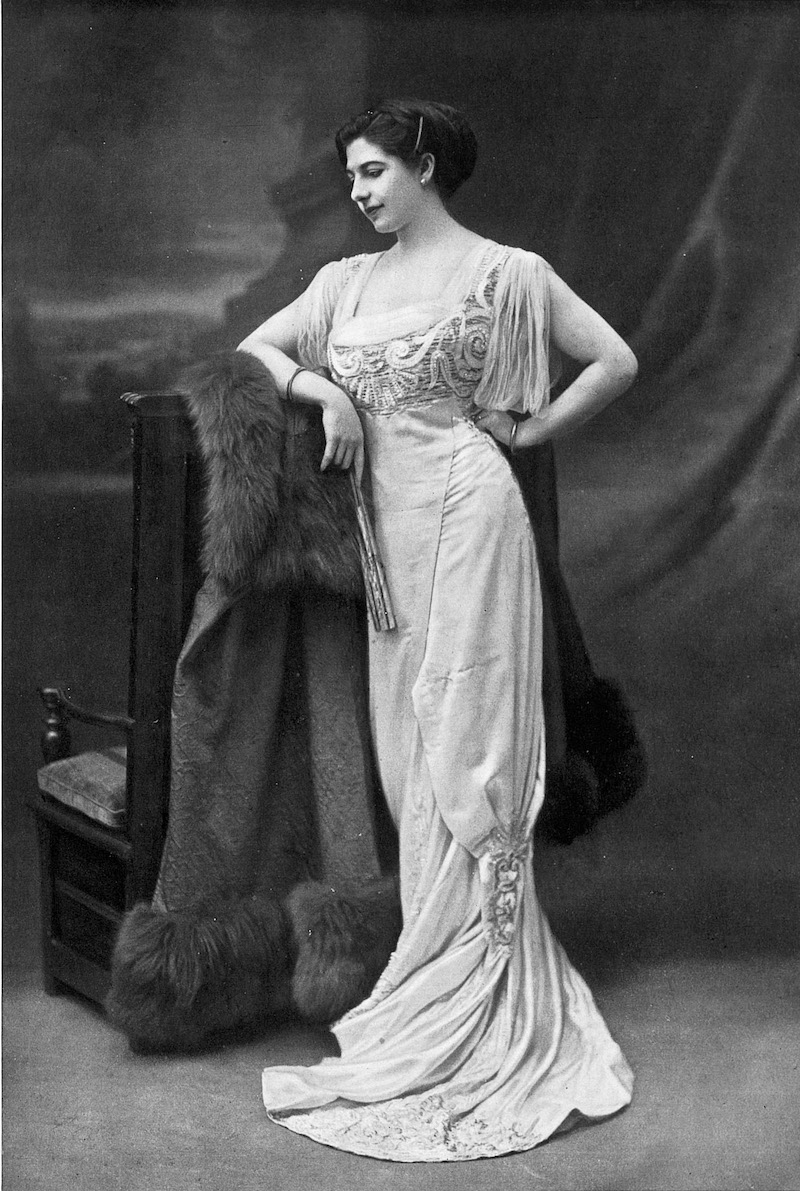

More photographs of Mata Hari, after the jump…
